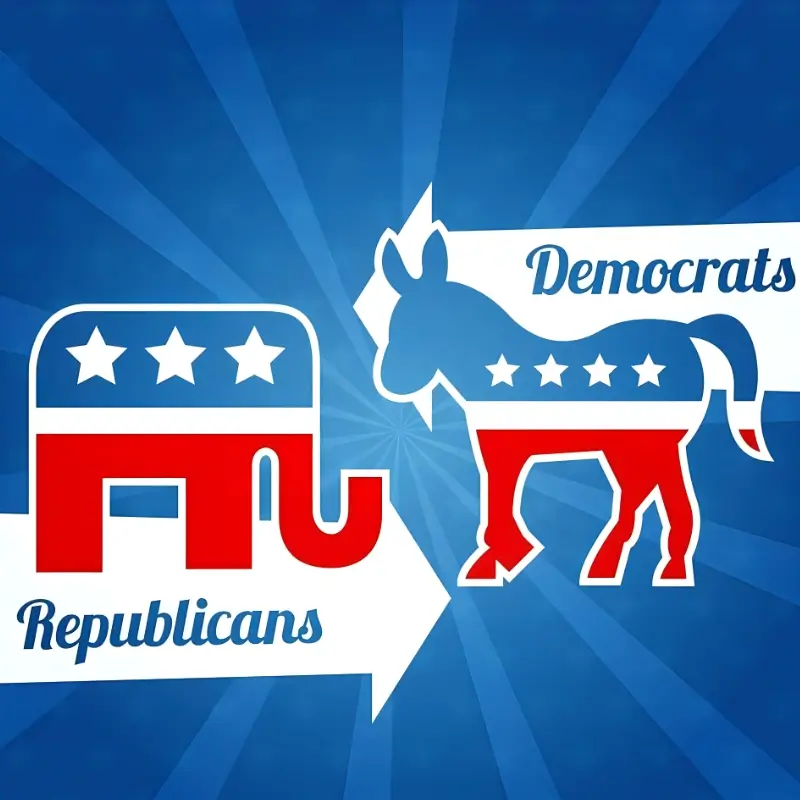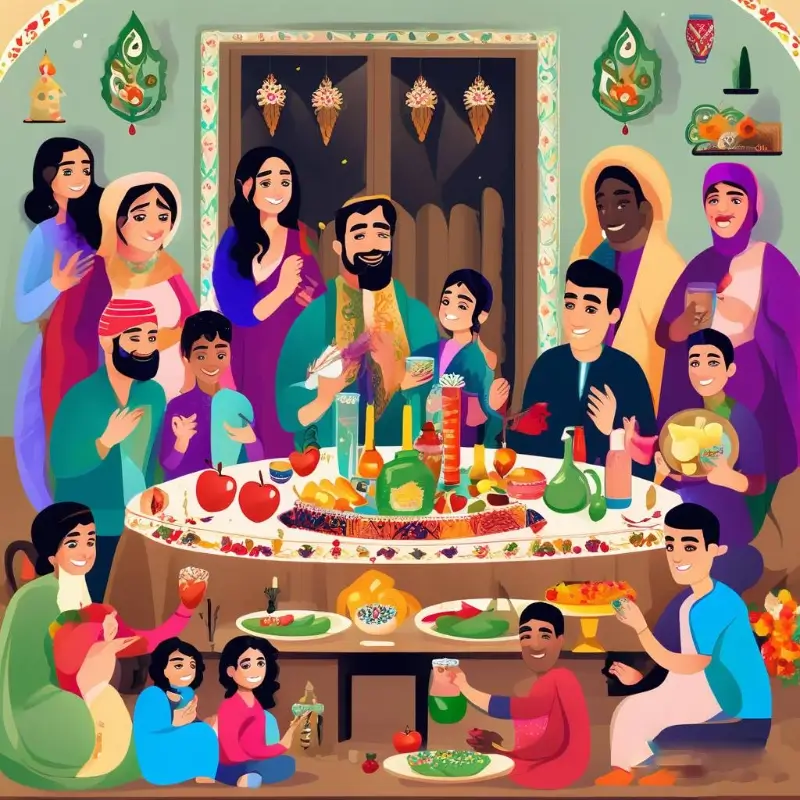why are two political parties dominant in the U.S.?
The dominance of two political parties in the United States, the Democratic Party and the Republican Party, can be attributed to a combination of historical, legal, and structural factors. Here are some key reasons:
- Federalism and the Constitution: The U.S. Constitution, along with the Federalist Papers and other foundational documents, laid the groundwork for a two-party system. The structure of the government, with its separation of powers and the way the Electoral College is set up, inherently favors two major parties.
- The Winner-Take-All System: The Electoral College, along with most state legislative and congressional districts, use a winner-take-all system (also known as first-past-the-post). This means that the candidate who receives the most votes in a district or state wins all of the seats, which discourages third-party candidates from winning significant representation.
- Battleground States: The Electoral College’s emphasis on a few battleground states, where the outcome of the election is closely contested, further concentrates the attention of political candidates and parties on these key areas, making it difficult for third parties to gain a foothold.
- Historical Evolution: Over time, the U.S. has seen a natural sorting into two major parties. This started with the Federalists and Anti-Federalists in the 18th century and evolved into the Democratic and Republican parties by the mid-19th century. The Civil War solidified the Republican Party’s role in the North and the Democratic Party’s role in the South, creating a lasting binary political dynamic.
- Electoral and Campaign Finance Laws: Legal and regulatory barriers at the federal and state levels make it difficult for third-party candidates to compete with the major parties. These include restrictions on campaign financing, ballot access requirements, and the allocation of public resources to major-party candidates.
- Cultural and Ideological Divides: The U.S. has a diverse population with a wide range of interests and opinions, but it also has underlying cultural and ideological divides that align well with the left-right spectrum represented by the Democrats and Republicans.
- Party Machines and Organizational Infrastructure: The Democratic and Republican parties have well-established national and state-level organizations, campaign machines, and networks of volunteers and donors that give them a significant advantage in election campaigns.
- Media Coverage: The media plays a role in reinforcing the dominance of two parties by providing the most coverage to candidates from the major parties, on the grounds that they are more likely to win. This coverage further enhances the visibility and fundraising capabilities of the major parties.
While the two-party system is deeply entrenched in the U.S., it’s worth noting that other countries have managed to achieve multiparty systems, and there are ongoing debates about the pros and cons of the U.S.’s two-party system versus other systems.



